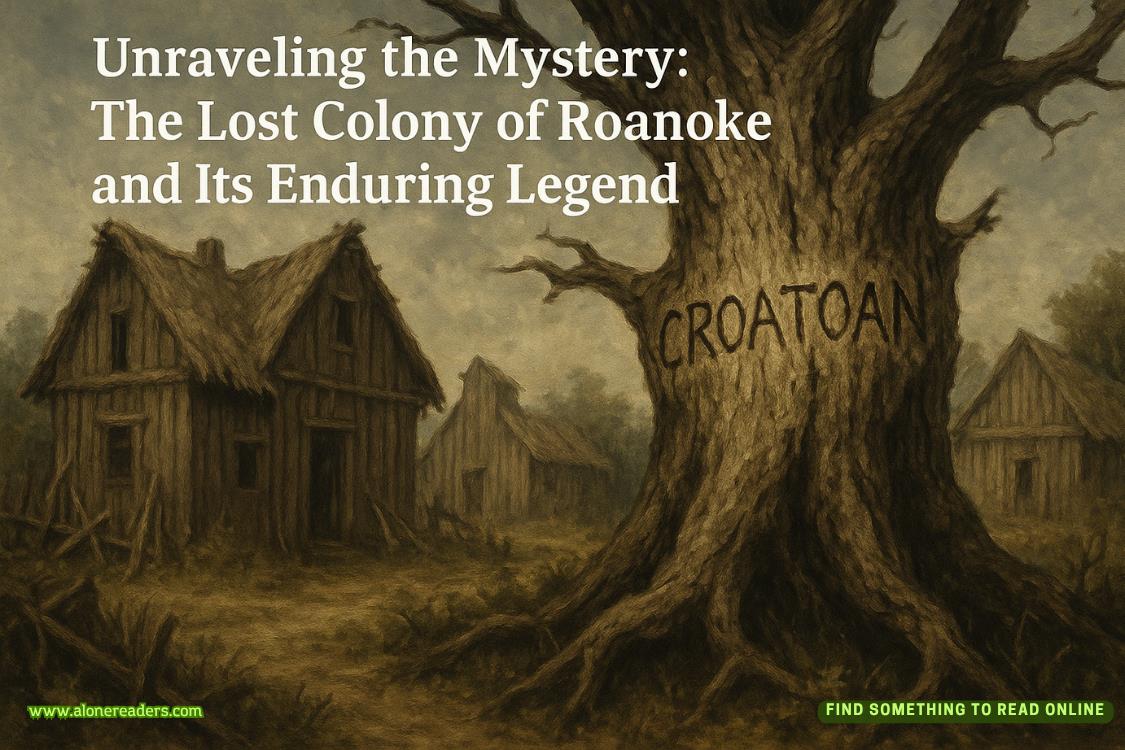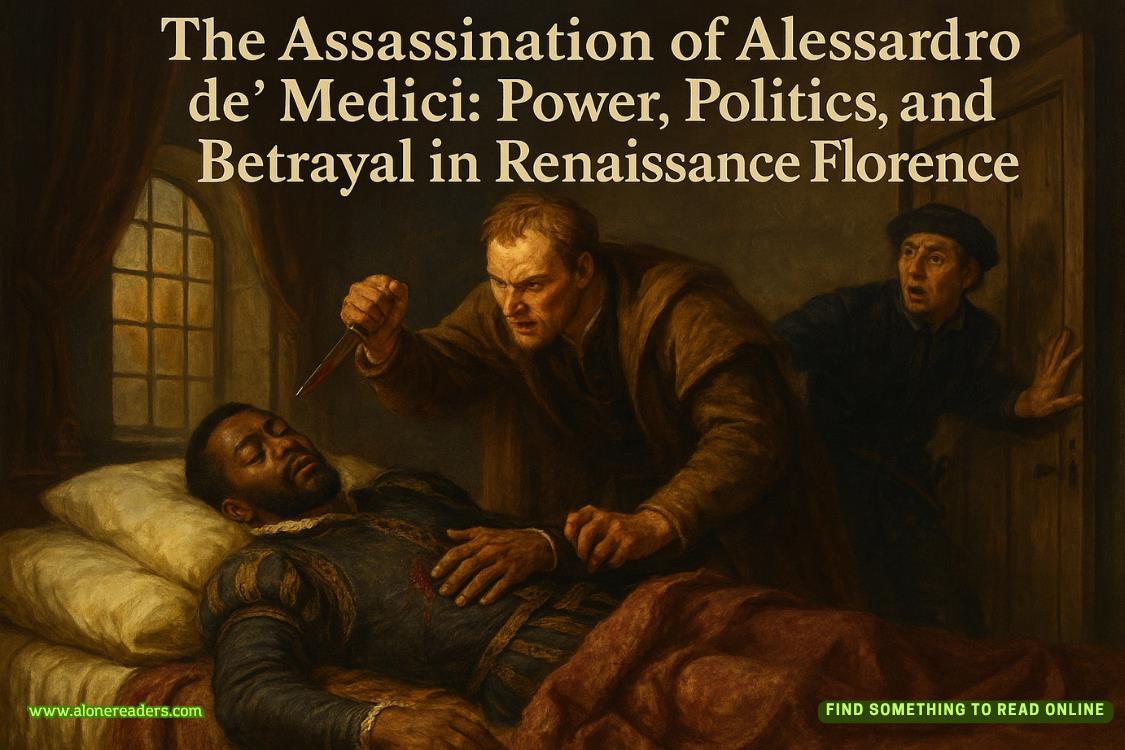Page 19 of The Alpha Experiment
Looked around the little room, getting no inspiration whatsoever from my battered dresser or the pile of milk crates full of old textbooks.
Dammit.
I’d already been beating my head against this particular research wall since before I even finished my doctorate. And the breakthrough Greenwald had demanded was the same one I’d been desperately chasing ever since! Did he think I didn’twantto find a way to turn a plain old human of shifter ancestry into a werewolf, or better yet, an alpha? Even if I only admitted to my more publicly palatable motivations, changing the face of supernatural science and winning a Nobel, weren’t thoseenough? I didn’t need to be threatened.
Of course, I did need to be threatened to even consider turning my hypothetical discoveries over to someone else, let alone an asshole like Greenwald, but I didn’t need it to make me want to work harder. I did that all on my own. I didn’t have a life outside of teaching and spending time in my lab.
Exhibit A: my shabby, lonely bedroom, with its dorky flannel-sheeted twin bed and piles of biochemistry books. Yep, this was obviously where the magic happened.
Half an hour of that got me nowhere. I’d mentally gone around and around the mulberry bush a dozen times, but the weasel had yet to pop.
And that described the whole course of my research so far, honestly, just on a larger scale. For the past few years I’d focused on looking for sequences encoding traits that were never found in humans, only in alpha werewolves. Trying to discover which genes caused, say, accelerated muscle development in all shifters was like looking for a needle in a haystack. Yes, some specific genes definitely played a role. But it was too complicated. Too many contributing factors.
But things like glowing eyes that were specific to alphas…those I should, theoretically, be able to isolate.
Given enough time—something I’d had, before. A whole lifetime, if necessary. I could have identified some of those genes, studied them, modeled the proteins they encoded. Tested those proteins in vitro, and enlisted the help of a shaman to test them magically. A process that would’ve taken years of careful, methodical work.
And now I had a month.
So obviously I had to scrap my previous long-term plan and come up with something else, something imaginative—something that wasn’thampered by my orthodox methodology, as that bastard had so condescendingly told me.
Orthodox methodology like, oh I don’t know, not stalking, threatening, and blackmailing people? Clearly he didn’t care. But I did. I was an ethical scientist, and I followed the rules. They existed for a reason.
For example, I’d never experimented on myself, no matter how much I’d been tempted. I’d never experimented on any live subject. Having research to justify that would be years down the road.
And now I had a month.
And that meant I couldn’t stick to my original plan.
And back around I went.
I finally started to write, scribbling down thoughts as they came to me. I had a hypothesis, as yet untested, about the intersection between genetics and magic when it came to shifters. There had been a twin study done a few decades ago, before the technology existed to sequence genes the way we could now. The study had been sociological, the pet project of a half-werewolf who wanted to see how many shifter-born humans stayed with their packs, and how many abandoned a supernatural life to live mostly with other humans. Quite a few sets of twins had participated, some of those identical.
And in some ofthosecases, one twin had been human while the other had been a shifter, and the sociologist had documented that.
Which meant that there were cases in which a set of identical genes could produce either a human or a shifter, depending on other factors no one had identified.
So far so good. Of course, when genes were similar but not identical, as in the case of normal siblings, you couldn’t be sure the human offspring had inherited the shifter genes at all.
And yet, what were the odds? If I had fifty percent of my DNA in common with each of my siblings, and all of them had turned out werewolves, with two alphas among them…well, it would be possible, but vanishingly unlikely, that I hadn’t gotten any of the genes that would encode those traits.
So my hypothesis rested on all of that. It might’ve seemed flimsy to someone else (such as anyone who’d ever read my grants—theydefinitelythought it sounded flimsy), but I was sure it held water.
The genes were there, but they weren’t being expressed. How to stimulate that expression, though, might be a matter of science or a matter of magic. Probably a mix of the two, something magical stimulating a biological process. A different way of splicing RNA, kicked into action by something intangible that I hadn’t been able to come near simulating in a lab.
Unorthodox methodology. Like experimenting on myself.
I stared down at my notebook, running through my bullet points again.
I really had no choice.
Which left me with the details of how to do it, something that sounded exactly as difficult as it was.
A decade or so ago, as an angsty teenager envious of my siblings’ werewolf status, I’d found a shaman outside my pack and gotten a consultation. It’d lasted about ten minutes; he’d been kind enough to try not to laugh in my face, but he’d made it more than clear that if he knew a ritual to turn a human into an alpha werewolf, he’d be the richest man in the world. In short, that was a non-starter.
Some kind of shock, or life-threatening emergency, offered a bit of promise. Evolutionary pressures usually took a while to manifest in the genome, but when you added magic to the mix…and scientific literature contained examples of sudden biological changes in response to an immediate stressor.
On the other hand, I wasn’t eager to throw myself in front of a moving train and hope werewolf super-healing kicked in just in time. Or pick a fight with a giant vampire at a bar, or anything else likely to get me pumped on adrenaline and then squished in a disappointingly fatal human manner.















